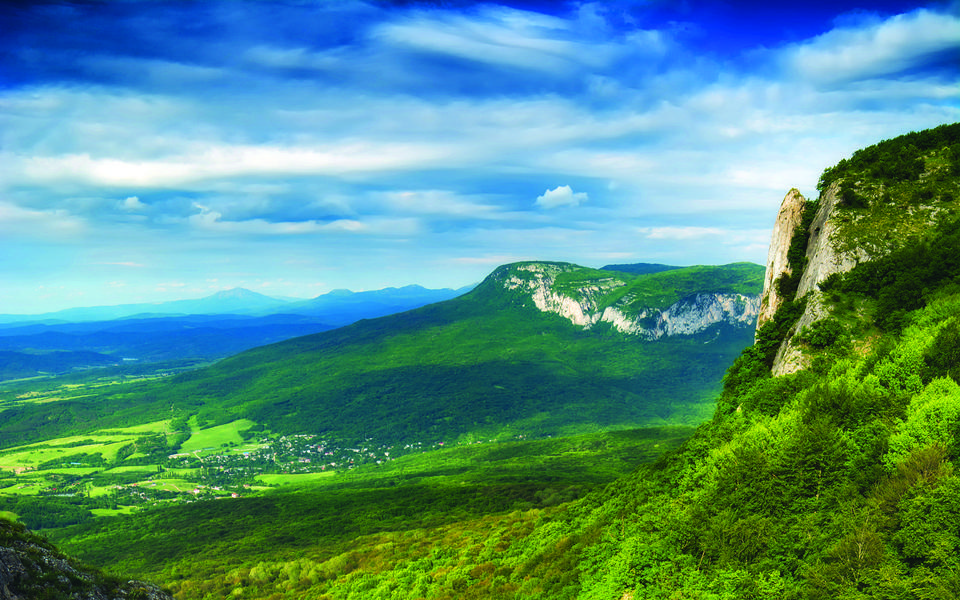If you’re interested in capturing stunning nature images, here are some tips. Try to take pictures during the golden hour, which is the most picturesque time to capture forest animals and famous landmarks. Another tip is to shoot in RAW format, which occupies a large portion of the memory card, but provides the final photographs in their raw form.
e-NatPOEM
The e-NatPOEM database contains 403 photographs of nature. They were taken by nature photographers and researchers who have dedicated years of their lives to the study of pain and nature. The images were grouped into nine categories. These categories include snakes, spiders, and degraded nature. The photos were rated by 204 participants from different countries.
The images are categorized according to their valence and arousal. A high valence picture is one that evokes feelings of happiness or excitement. A negative picture is one that causes feelings of anger or sadness. The e-NatPOEM nature images database contains pictures that invoke positive emotions and negative ones.
Qualitative assessment of nature images
Qualitative assessment is a common approach to the analysis of nature images. It involves analyzing and comparing images to discover their qualities. The process of qualitative assessment is facilitated by the use of software that provides information on the quality of images. The software is widely used in a variety of fields, including the arts, medicine, and education.
Effects of nature images on subjective well-being
A recent study has found that viewing nature images can improve a person’s subjective well-being and self-esteem. In particular, viewing images can lower the anxiety and depression levels of participants. The findings are consistent with previous studies that have reported that exposure to nature improves mood. Using the Profile of Mood States (POMS) questionnaire, the researchers assessed how people responded to nature images.
The researchers collected data from over 18,000 participants in 18 countries, including California, Hong Kong, and 14 European nations. The images were shown for 30 seconds each and the entire study lasted for 10 minutes. All participants viewed the same photographs in the same order, and after seeing them, they were asked to imagine themselves in the environment depicted on the screen. The images were of landscapes, built environments, or nature. The researchers found that more exposure to nature during childhood was associated with greater subjective well-being in adulthood. This result was consistent across all regions and countries.
Sources of nature images
Images of nature are useful tools for researchers, educators, and designers. They can spark discussions between experts and the public. Some sources even provide royalty-free images and videos. Here are a few sources to check out. All are free to use, provided the source is cited properly. They may also be used in classroom display projects, presentations, or games.

